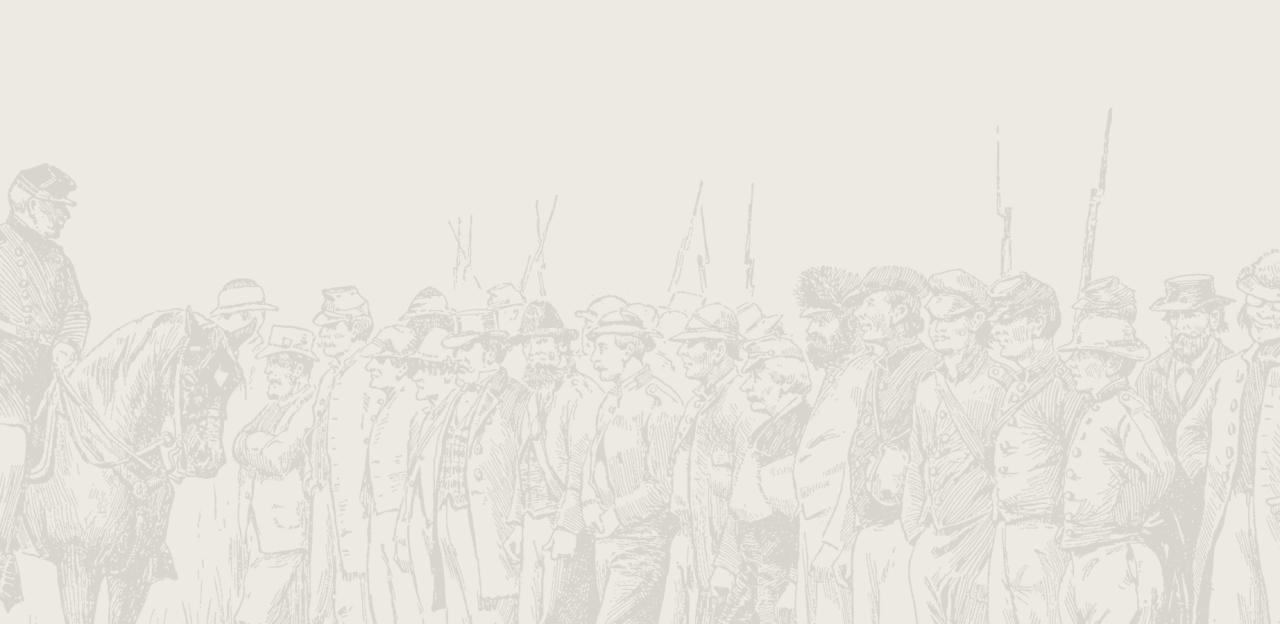Fort Donelson

The Battle of Fort Donelson
After the fall of Fort Henry, Brig. Gen. Ulysses S. Grant was determined to move quickly onto the much larger Fort Donelson, located on the nearby Cumberland River. Grant’s boast that he would capture Donelson by the 8th of February quickly ran into challenges. Poor winter weather, late-arriving reinforcements, and difficulties in moving the ironclads up the Cumberland all delayed Grant’s advance on the fort.
Despite being convinced that no earthen fort could withstand the power of the Union gunboats, Confederate Gen. Albert Sidney Johnston allowed the garrison at Fort Donelson to remain and even sent new commanders and reinforcements there. On February 11, Johnston appointed Brig. Gen. John B. Floyd as the commander of Fort Donelson and the surrounding region. Nearly 17,000 Confederate soldiers, combined with improved artillery positions and earthworks convinced the inept Floyd that a hasty retreat was unnecessary.
By February 13, most of Grant’s soldiers were positioned on the landward (western) side of the fort. The next day, Flag Officer Andrew H. Foote’s ironclads moved upriver to bombard Fort Donelson. The subsequent duel between Foote’s “Pook Turtles” and the heavier guns at the fort led to a Union defeat. Many of Foote’s ironclads were heavily damaged and Foote himself was wounded in the attack. Grant’s soldiers could hear the Confederate cheers as the gunboats withdrew.
While Grant contemplated an extended siege, the Confederate leadership devised a bold plan to mass their troops against the Union right to force open a path of escape. Early on the morning of February 15, the Confederate assault struck the Union right and drove it back from its positions on Dudley’s Hill. Brigadier General John McClernand’s division attempted to reform their lines, but the ongoing Rebel attacks continued to drive his forces to the southeast. Disaster loomed for the Union army.
But inexplicably Confederate Brig. Gen. Gideon Pillow ordered the attacking force back to their earthworks, thereby abandoning the hard-fought gains of the morning.
Grant ordered McClernand and Brig. Gen. Lew Wallace to retake their lost ground and then rode to the Union left to order an attack upon the Confederate works opposite Brig. Gen. Charles F. Smith’s division. Grant reasoned, correctly, that the Confederate right must be greatly reduced in strength given the heavy assault from the Confederate left. Smith’s division surged forward and overwhelmed the lone Confederate regiment occupying the rifle pits in advance of the Confederate line. Capturing large stretches of the earthworks, Smith’s division was stopped only by the onset of darkness.
During the night of February 15 and 16, Confederate leaders discussed their options. Despite many disagreements, it was determined that surrender was the only viable option for the garrison. Generals Floyd and Pillow abandoned their men and fled across the river, while Lt. Col. Nathan Bedford Forrest, disgusted with the Confederate decision to surrender, took his cavalrymen and escaped down the Charlotte Road. Even with these defections, more than 13,000 Confederate soldiers remained in the fort.
With another Union attack poised to strike, the Federal soldiers were surprised to see white flags flying above the Confederate earthworks. Brigadier General Simon B. Buckner, now in command, met with Grant to determine the terms of surrender. Buckner, who was hoping for generous terms from his old West Point friend, was disappointed at Grant’s response: “No terms except unconditional and immediate surrender can be accepted. I propose to move immediately upon your works.”
The decisive Union victories at Forts Henry and Donelson thrust Grant into the national spotlight and opened the Tennessee and Cumberland Rivers to the Union navy. Tennessee was about to be cut in two by Union forces.


